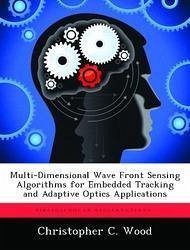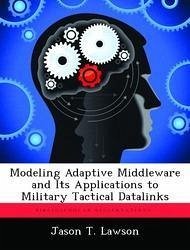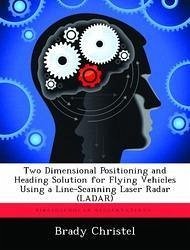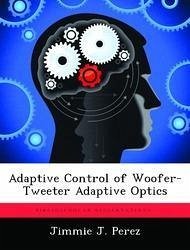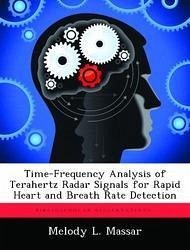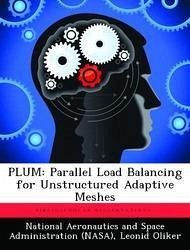Nicht lieferbar
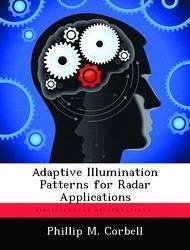
Adaptive Illumination Patterns for Radar Applications
Versandkostenfrei!
Nicht lieferbar
Adaptive transmit architectures are envisioned as dominating the radar research of the next century, and are key components of the Fully Adaptive Radar (FAR) paradigm. The fundamental FAR goal involves full exploitation of the joint, synergistic adaptivity of the radar's transmitter and receiver. While phased array receive processing techniques jointly adapt over spatial and temporal Degrees-of-Freedom (DOF), little work has been done to exploit the same DOF available during the radar's transmit illumination cycle. This research introduces Adaptive Illumination Patterns (AIP) as a means for ex...
Adaptive transmit architectures are envisioned as dominating the radar research of the next century, and are key components of the Fully Adaptive Radar (FAR) paradigm. The fundamental FAR goal involves full exploitation of the joint, synergistic adaptivity of the radar's transmitter and receiver. While phased array receive processing techniques jointly adapt over spatial and temporal Degrees-of-Freedom (DOF), little work has been done to exploit the same DOF available during the radar's transmit illumination cycle. This research introduces Adaptive Illumination Patterns (AIP) as a means for exploiting the previously untapped transmit DOF made available by modern Active Electronically Steered Arrays (AESAs). A fundamental challenge to effective airborne radar surveillance lies in suppressing signal dependent interference, i.e., clutter responses which are inherently created and shaped by the illumination pattern. This research investigates ways to mitigate clutter interference effects by adapting the illumination pattern on transmit. Two types of illumination pattern adaptivity were explored. Space time "beamforming" on transmit has been demonstrated by allowing the antenna illumination pattern (spatial filter) to vary on a pulse-by-pulse (temporal) basis, a technique described as Space Time Illumination Patterns (STIP). Using clairvoyant knowledge, STIP demonstrates the ability to remove sidelobe clutter at user specified Doppler frequencies, resulting in optimum receiver performance using a non-adaptive receive processor.




